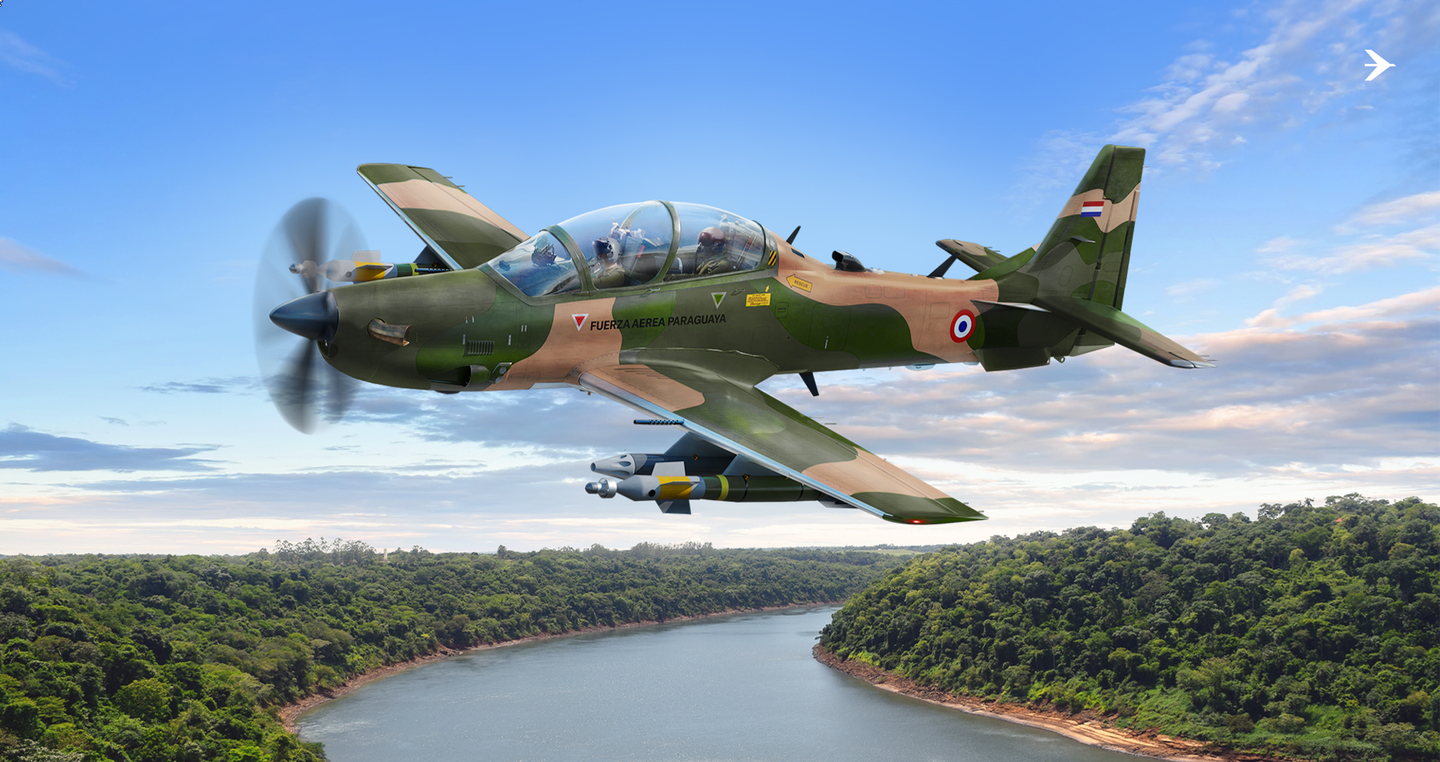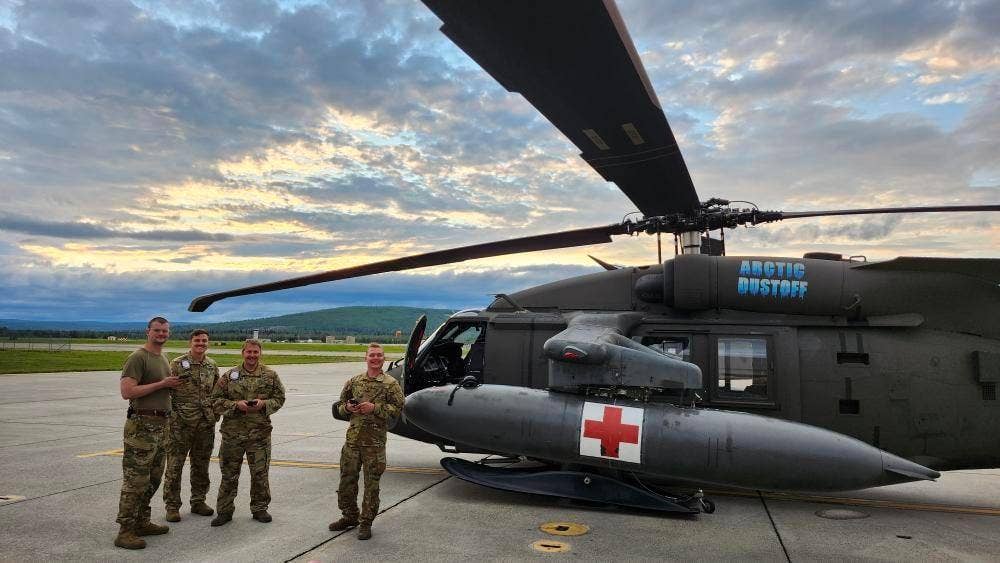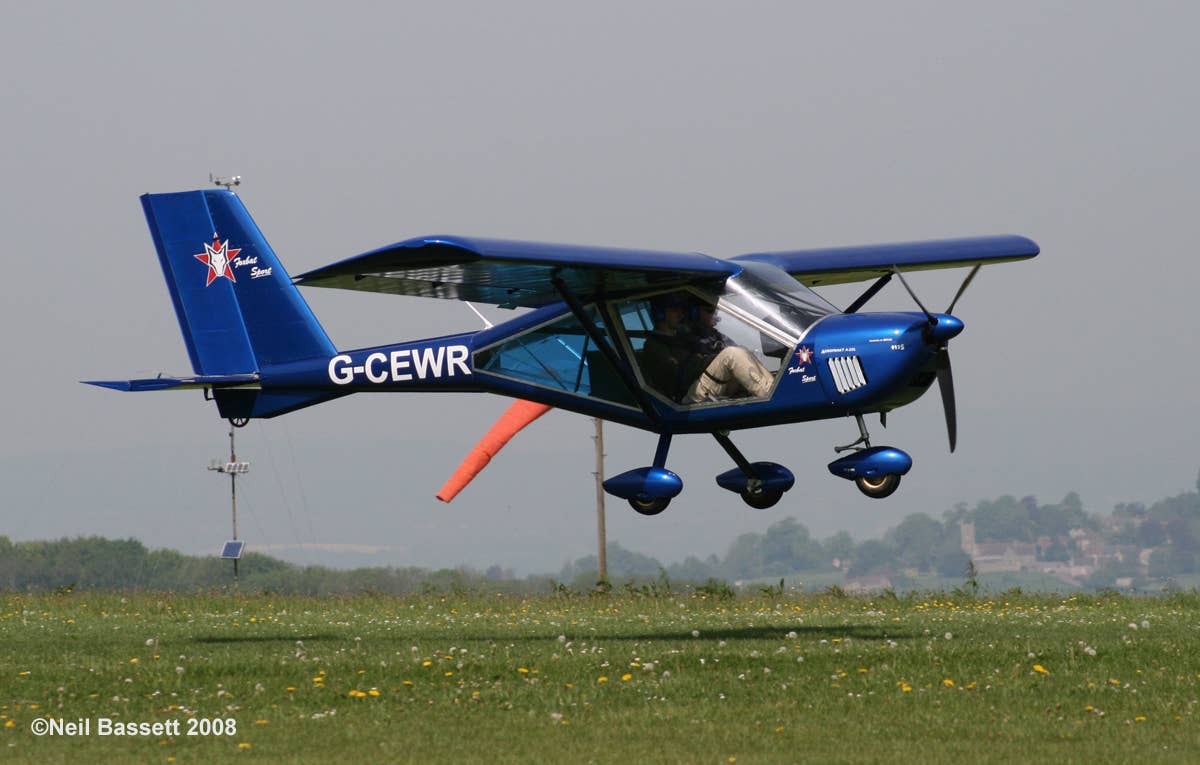Flight Jackets—More Than a Fashion Statement, They’re a Rite of Passage
They’re practical, collectible, a fashion statement, an artist’s canvas, part of family traditions, and more.

Waist-length flight jackets started to appear in the 1920s. [Courtesy: Anneke Helleman]
There are few articles of clothing more iconic than an aviator's flight jacket. It doesn't matter if it is made from animal hide or a man-made fabric, if it was issued, purchased or a gift—there is something about the jacket that quickly makes it a favorite piece of clothing.
How it Began
The concept of the flight jacket traces back to 1910 when members of the Royal Flying Corps in Belgium and France took to the air in unheated open-cockpit biplanes, balloons, and airships. Leather was more windproof than cloth—therefore warmer—so it became the fabric of choice for an aviator's outerwear. The first garments covered the pilot from neck to ankle.
“For the serious collector, Gary Eastman's book on A-2 flight jackets is a must-have item.”
By the 1920s, waist-length jackets started to appear. The U.S. Army adopted the Type A-1 flying jacket in 1927. This first leather jacket had knit cuffs and buttons as fasteners. Several different manufacturers were tasked to produce them for the Army, and as such the details, like the collar shape, varied from manufacturer to manufacturer.
In 1931, the A-2 appeared. Predominantly made of horsehide or goatskin dyed seal brown, the jacket featured a heavy-duty metal zipper made of steel or brass instead of buttons. The jackets featured a shirt-style collar with hidden snap points and a hook-and-eye throat latch—the latter proved to be a great place to attach the rescue whistle issued to military aviators.
The A-2 had knitted cuffs and waistband, snap-flap patch pockets on either side, and an interior map pocket. The back of the jacket was designed from a single piece of leather for strength. The interior of the jacket was insulated with cotton lining, and there was a strap of leather on the interior of the collar for ease of hanging, and below the hanging strap, the military spec tag that showed the manufacturer, place of manufacture, year, and the jacket lot number. These details are important because they help determine the age of the jacket—a critical piece of information for the collector.
The 1940s era jackets range in size from a men's 32 to 54, and by today's standards, those sizes tend to run small, especially through the shoulders.
Flight Jackets as Collectibles
Flight jackets are prized by collectors, and you can expect to pay for that prize.
"A basic A-2 in good condition with original liner, specification label, and cuffs/waistband that are present even if a bit worn (that is expected) will sell for $700 to $1,000," says Jeff Shrader, the owner of Advance Guard Militaria. Shrader has been collecting and appraising flight jackets for about 20 years. You may have seen him on the PBS series “Antiques Roadshow” practicing his craft.
The jackets with original insignia and artwork fetch the most.
"Most good A-2s are in the $2,000 to $4,000 range," he says. "A super jacket with truly excellent art and biographical provenance establishing authenticity can achieve $7,000 to $8,000 without much trouble, and there are jackets that have sold in excess of $10,000."
The jackets often come from veterans and their families or can be acquired from dealers at collectible shows. Face-to-face acquisition is often best, says Shrader, because it gives the potential buyer a chance to examine the jacket, noting the interior details as listed above.
Shrader advises collectors to "purchase only from trusted sellers who know their material and will offer a money-back guarantee of authenticity."
It is not uncommon, he notes, to find so-called tribute jackets from the 1970s and 1980s that bear the same markings as A-2s from WWII, but were obviously created much later.
The tribute jackets now have decades of age on them, so it can be a challenge to distinguish those made in WWII from later production. (Remember the details: cotton lining, not Rayon or nylon, check the label, etc.)
Shrader owns 10 collectible jackets—the first one was acquired from a man named Mike Barbara, a former B-17 radio operator.
It was the 1990s. Barbara had been offered $200 for his jacket, and he was hesitating on closing the sale when a friend suggested he call Shrader who was known for his expertise in military collectibles.
"Restoration is a great way to take an historic artifact that is worth thousands and turn it into a fashion item worth a few hundred."
Jeff Shrader, owner, Advance Guard Militaria
Shrader drove from his home in Tennessee to Wichita, Kansas, to meet Barbara and evaluate his jacket.
"It was the nicest A-2 I had ever seen," Shrader recalls. "He asked if I would match the $200 offer, and I told him that I could not. He then asked me what I would be willing to give, and I handed over everything in my pocket, about $1,600. He just grinned, and gave me back $50, [saying] 'Don’t forget, you’ll need gas to get home!' We spent several hours together visiting, and he was kind enough to let me tape record an interview. Though I did not collect A-2s at the time, that experience was so special to me that I held on to the jacket."
Caring for Your Jacket
To Shrader, these original jackets are artifacts. For best results, they should be stored flat in acid-free storage boxes, and stuffed with tissue to prevent the leather from creasing. Hangers should be avoided because they put too much stress on the jackets.
Shrader cringes at the idea of restoring a jacket because, he says, it takes a piece of history and turns it into a fashion item.
"Restoration is a great way to take an historic artifact that is worth thousands and turn it into a fashion item worth a few hundred," he explains.
Jackets to Wear
It was the search for a historic A-2 to wear that led Morten Andreasen from Denmark to create AVI Leather (short for Aviation Leather) in 2016. The company manufactures wearable reproductions of vintage flight jackets. Andreasen notes the WWII era jackets that he found for sale were too fragile to wear and too expensive to buy—and he knew he wasn't the only person who wanted one.
The term 'flight jacket' is important, says Andreasen, because that means the jacket is closer to the original design.
"The term 'bomber jacket' originated from civilian makers after the war, and generally refers to more modern interpretations, loosely based on original designs," he explains. "For some it's the fur-collared jackets like the G-1 of Top Gun fame, or the sheepskin B-3. To others, it’s any jacket that remotely resembles the classic flight jacket design, with knitted cuffs."
AVI Leather makes reproductions of A-1, A-2, G-1, and B-3 jackets.
The company strives to make the jackets as close to the original designs as possible, he says. "We try to use the same materials and methods that were used originally. For example, we use the same type of zipper from Talon that was used during WWII. The knits used for the waistband and cuffs are created in the same weaving as the originals."
Andreasen says many of their customers are seeking a jacket to turn into a replica of a family heirloom. They often share stories about the family member who wore the original jacket way back when.
"Often the jacket is in too poor of a condition to wear or it is the wrong size," says Andreasen. He warns customers that the flight jackets were designed for young men in good shape, so it's often a wise idea to go a size up when ordering a jacket.
He also helps the customers find an artist who can provide the decoration for the jackets.
The Jackets Tell a Story
The artwork on the back of the WWII-era flight jackets wasn't exactly sanctioned by the military, but given the fact all the men were volunteers and had a high mortality rate, the commanding officers took a tolerant attitude, realizing that the artwork promoted morale and esprit de corps.
The designs on the jackets usually matched the nose art on the airplanes and included notation of how many missions the wearer had completed.
The artwork tells a story—a story that would be lost to time were it not for photographers like John Slemp from Atlanta, Georgia, who is taking the time to photograph jackets and the people who wore them. Slemp plans to put the interviews and photographs into a book called Bomber Boys: WWII Flight Jacket Art.
According to Slemp, a long-time professional photographer and aviation enthusiast, the project began when he took photographs of a jacket that had belonged to a friend's uncle.
"After shooting the first jacket, I sent an email with a few images to Dorothy Cochran, the curator at the Smithsonian Air & Space Museum, whom I had met through one of my clients, Women in Aviation International. Fifty-eight minutes later, I received a separate note from their curator of the Aviation Clothing collection."
The note read: “We have 15 jackets that will work for your project…when can you be here?”
The project was off and running, says Slemp, adding that he shot 13 jackets a few months later.
Soon Slemp was traveling around the country, using a portable studio to shoot photos of jackets in museums as well as those belonging to private individuals. He took photos of 32 jackets at the 390th Memorial Museum in Arizona, and then there was a trip to California for photo shoots at March Field Museum in Riverside, the 475th Fighter Group at the Planes of Fame Museum in Chino, the San Diego Air & Space Museum, and the Allen Airways Museum in El Cajon.
He has also photographed jackets that reside in the Indiana Military Museum, the Kalamazoo Air Zoo, the Minnesota Historical Society, the Lowndes County Historical Society, the Smithsonian Air & Space Museum, the National Naval Aviation Museum, and the National Museum of the United States Air Force.
"To date, 12 different institutions have allowed access to their collections, and along with the privately owned jackets, 149 in total have been photographed," said Slemp, adding "It could probably be successfully argued that it is now the most comprehensive photographic collection of A-2 jackets ever produced."
Sometimes the owners of the jackets travel from several states away to bring the jacket to Slemp personally, which, he says, is a testament as to how important these jackets are to the families.
Where to Get a Jacket
If you want a jacket to wear, not to collect, you can go the direct route by visiting a pilot supply store, either brick-and-mortar or online. There are several jacket manufacturers to choose from.
Check the reviews of online dealers before you purchase—and be wary of online purchases that seem underpriced. Some sellers flood social media with pictures of the more expensive jackets, such as a RAF sheepskin jacket, at what is a too-good-to-be-true price. What the customer often gets is not a leather flight jacket but something that looks like a cross between a Muppet and a naugahyde sofa.
Flight jacket safari, that is hunting for a jacket to wear, is almost as enjoyable as wearing the jacket.
Start with thrift stores—occasionally leather jackets or the classic MA-1, the fabric replacement for the A-2, find their way there.
Thrift stores are where you will find the child-sized MA-1 and faux leather jackets, perfect for the little aviators in your family who are still growing.
Garage sales, estate sales, military surplus, and antique stores are also options.
If you are ready to part with a jacket, put the word out at the local airport. There is probably someone in the market.
If someone gifts you such a jacket, remember: There is something very special about wearing a jacket that has been kept in the family, either blood or chosen, to be worn by the next generation.

Subscribe to Our Newsletter
Get the latest FLYING stories delivered directly to your inbox






